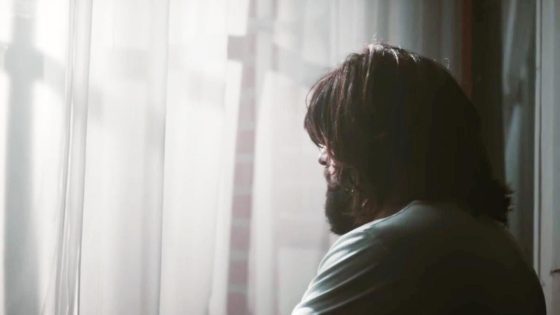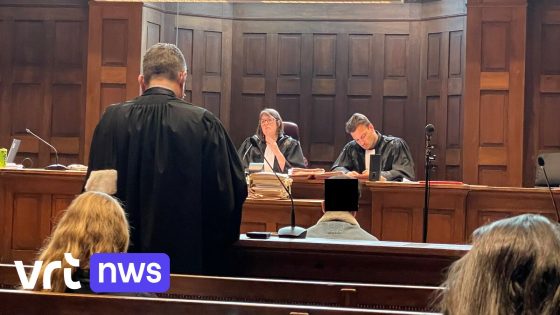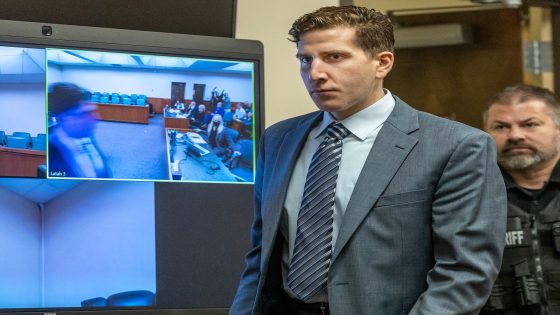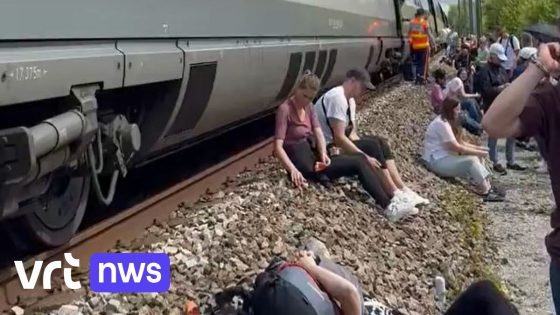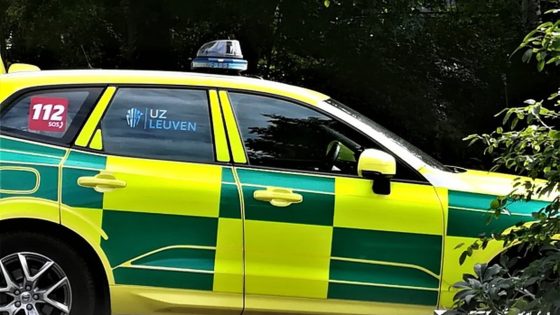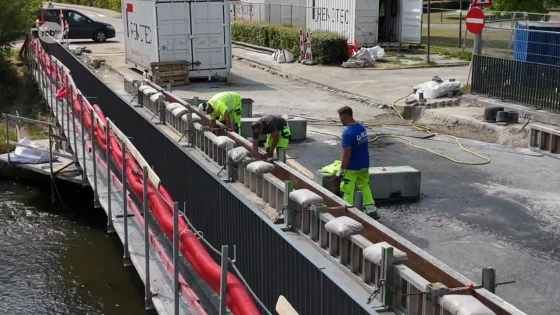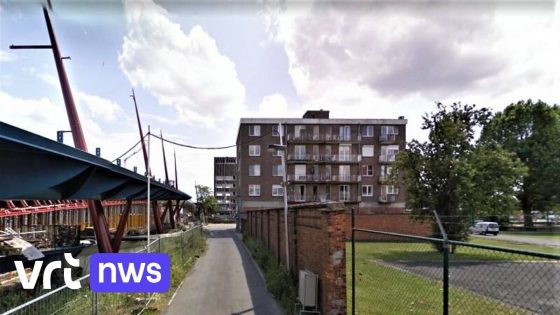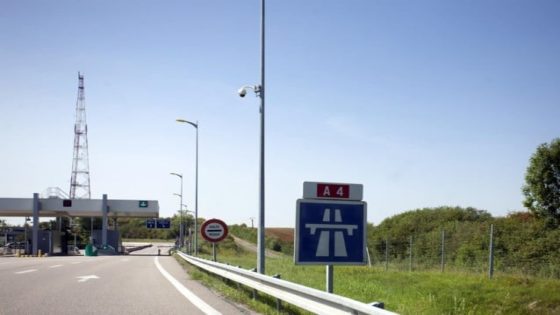The conditional release of Hans Van Themsche has been approved by the Strafuitvoeringsrechtbank of Ghent, marking a significant development in Belgium’s criminal justice system. Scheduled to take effect on 23 June 2025, this decision comes after years of Van Themsche’s incarceration for a racially motivated shooting in Antwerp. But what conditions will govern his reintegration, and how will public safety be ensured?
- Strafuitvoeringsrechtbank keurt voorwaardelijke invrijheidsstelling goed
- Van Themsche wordt opgenomen in gesloten instelling
- Psychopathologie vereist intensieve residentiële behandeling
- Van Themsche volgt psychologische begeleiding en adviezen
- Strikte voorwaarden beperken contact en gedrag
- Motief was racistisch, levenslange straf opgelegd
Van Themsche will be immediately placed in a specialized closed institution upon release, where he will undergo intensive treatment and resocialisation. This approach reflects the court’s recognition of his complex psychological profile, including autism spectrum disorder and narcissistic traits. How does this balance between rehabilitation and security affect the Belgian community?
With strict rules in place, including residency requirements and bans on social media and alcohol, the court aims to monitor Van Themsche’s transition carefully. The case raises important questions about managing high-risk offenders in Belgium’s society.
Is this conditional release a sign of progress in rehabilitation efforts, or does it risk public safety? The court’s decision highlights key points:
- Van Themsche has distanced himself from extremist views, showing motivation to change.
- He will remain under strict supervision with no contact allowed with victims or access to Antwerp province.
- Continuous psychological treatment in a secure setting is mandatory to address his psychopathology.
- Restrictions on social activities and substances aim to prevent relapse or risky behaviour.
As Belgium prepares for Van Themsche’s release, ongoing vigilance and support will be crucial. Will this model of conditional freedom with intensive care serve as a blueprint for future cases, or will challenges emerge that require policy adjustments? Only time will tell.



